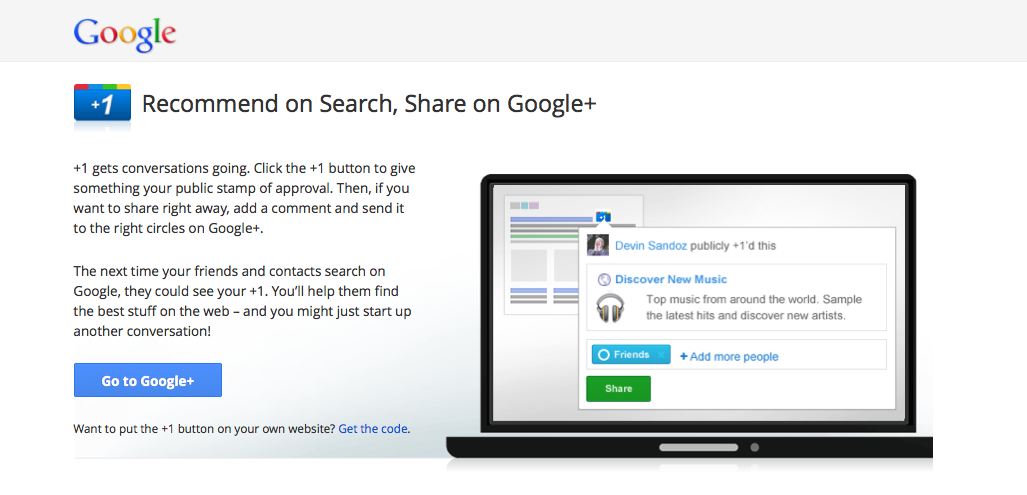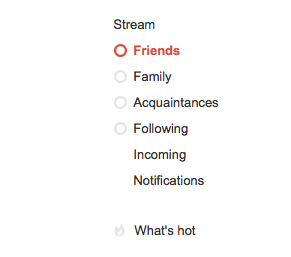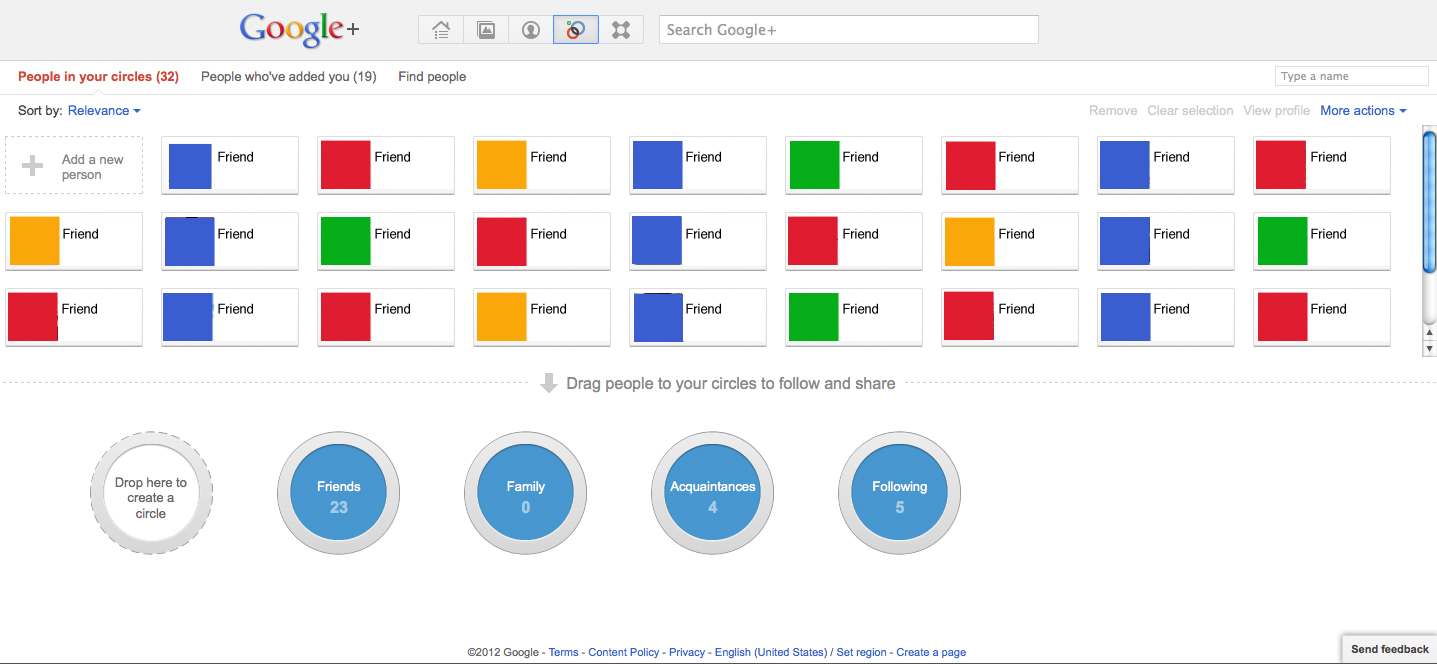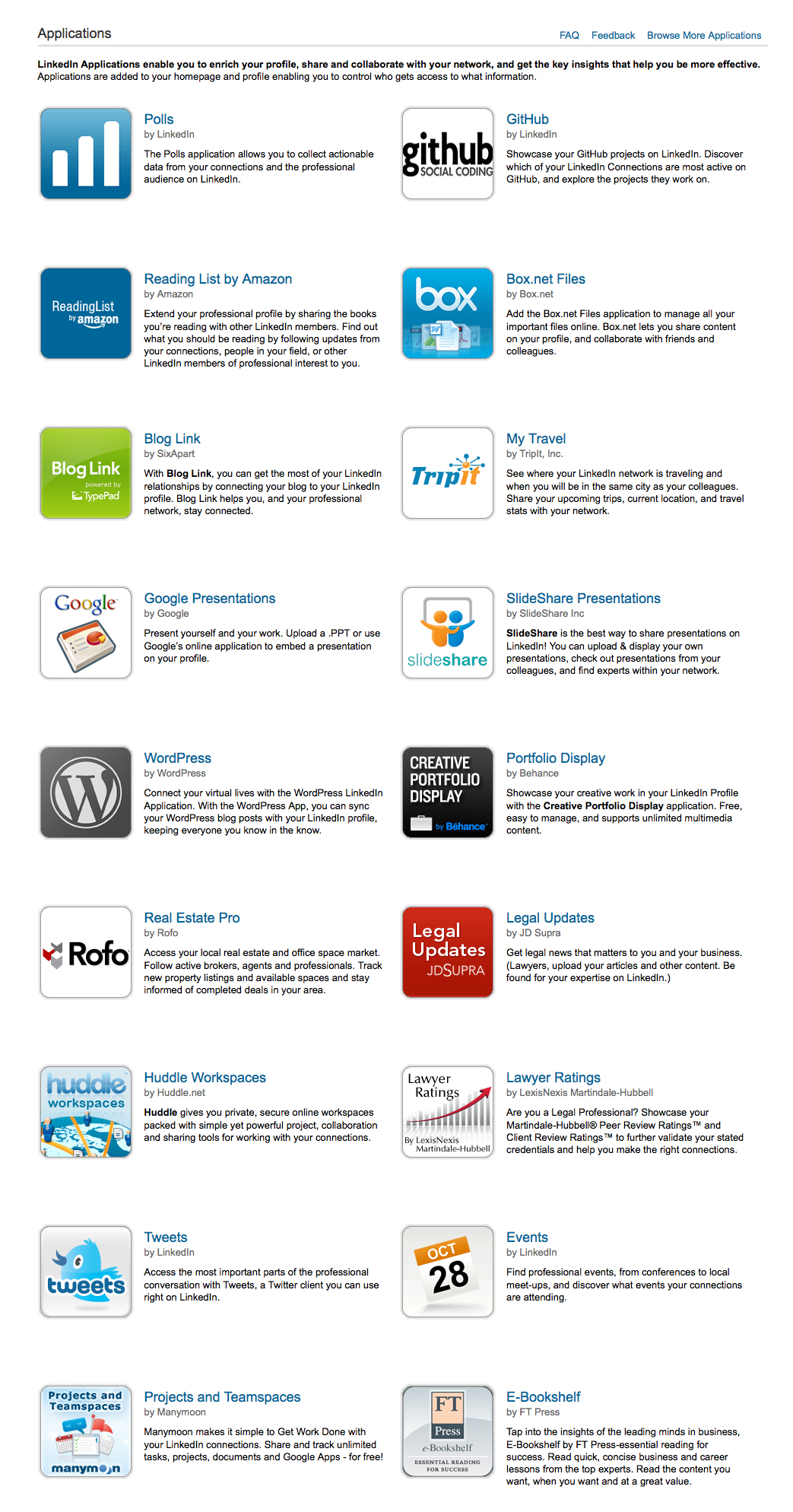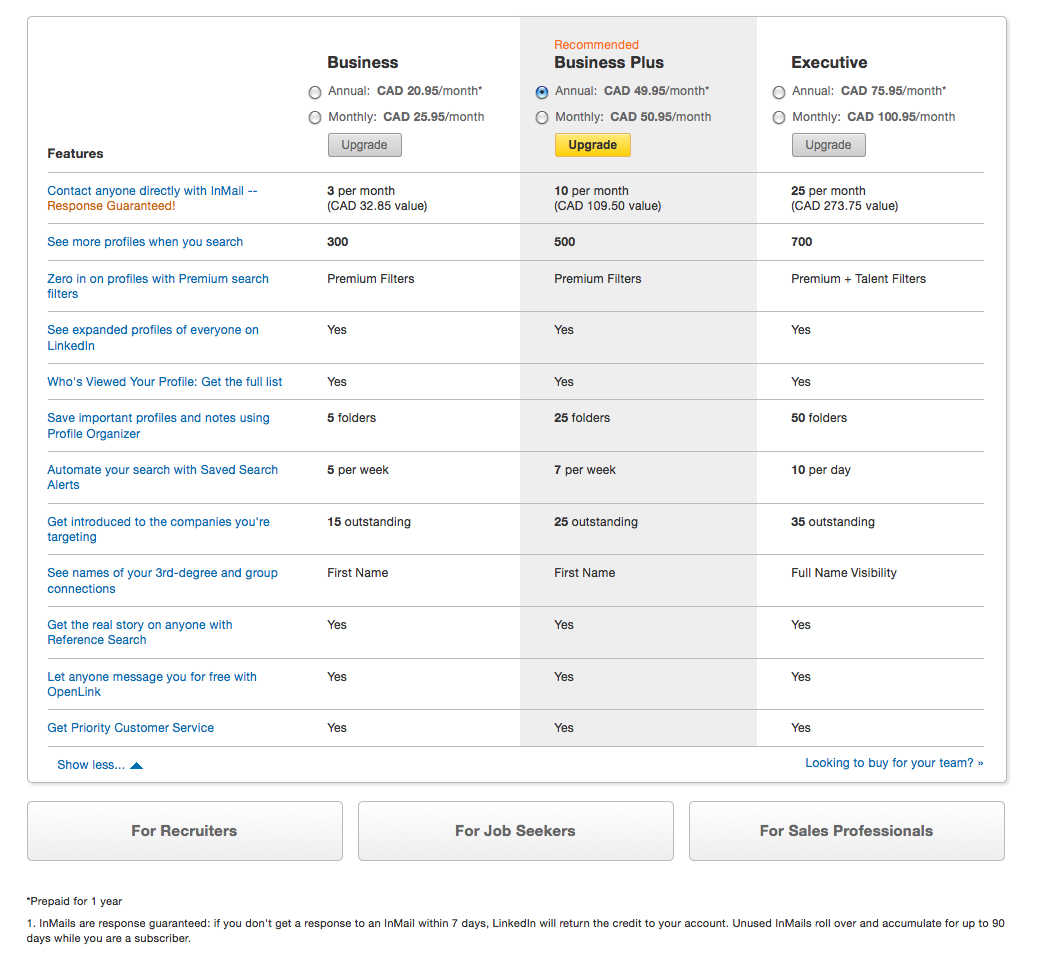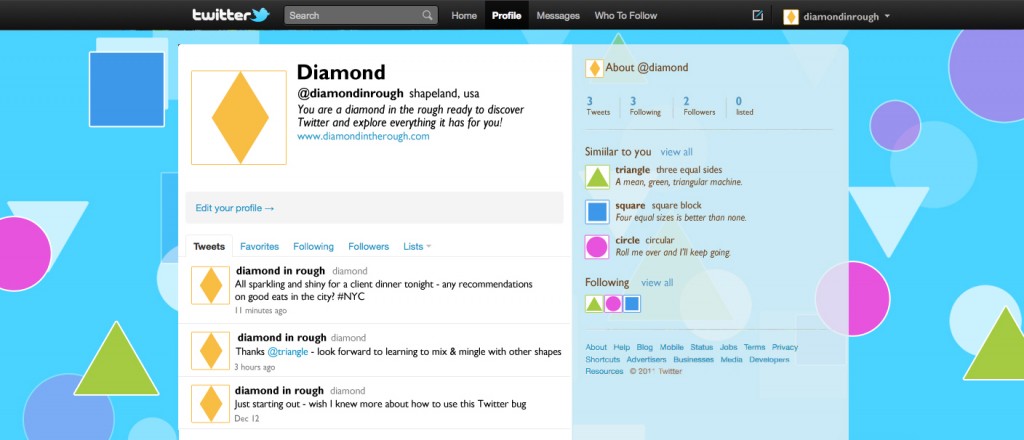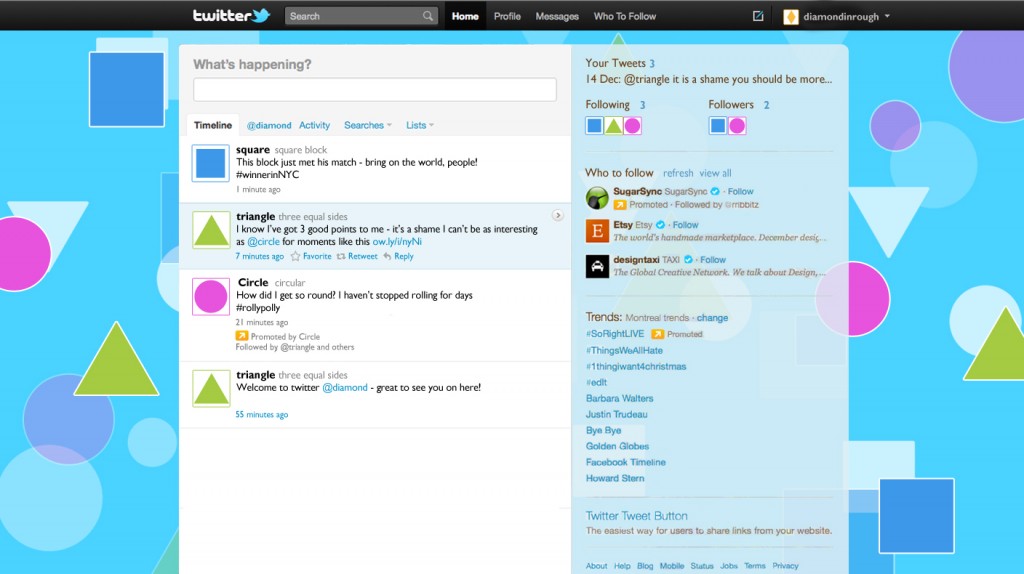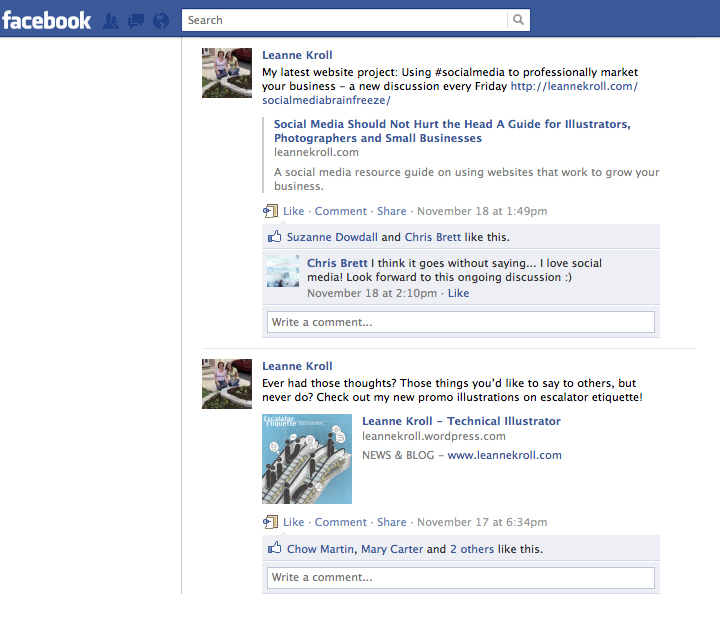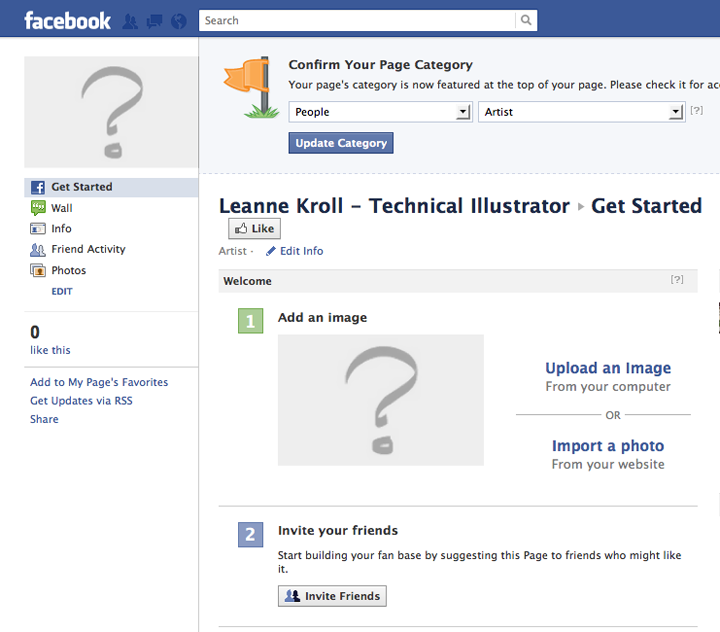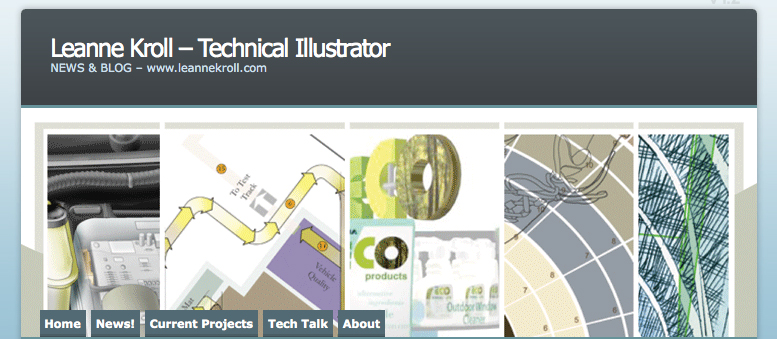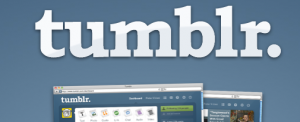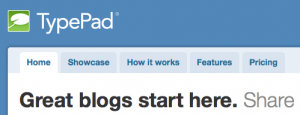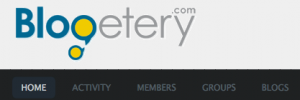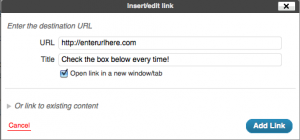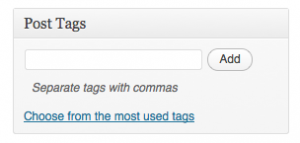I’ll admit, I’m fairly new to using Google+. But, what better than a first impression to give an idea of whether this new social media site on the scene is worth using to promote your small business.
My overall impression is that Google+ from a business usage standpoint is very similar to Facebook. What I mean is it’s a free website that promotes your work and links you up to your website which raises your level of online traffic. The majority of people in your circles for Google+ will be individuals who could help spread the word if your company is doing something interesting or if you have something interesting to say.
Google+ allows you to:
- Create a profile page for yourself that provides more detailed information about you and your business. It allows someone who may be interested in your services a contact point by showing email address, phone number, etc. You have the power to decide whether you want your profile visible in searches or not.
- +1 a post that you find interesting. Google+ keeps a separate tab of everything a person has +1′d, allowing anyone else to follow their common interests. If you have an account on Google+ and you see the +1 button on a cool website you happen to find, you easily have the ability to show your support for this cool website by +1′ing it.
- Upload photos and share videos: From a business standpoint and keeping it completely professional you can show photos or videos that are relevant to your industry or projects you are currently working on.
- View a stream of posts from the individuals in all of your circles, or only from select circles – this is typically the main “home” page on Google+. The menu at the left allows you to filter your main stream to only show posts from either friend, family, acquaintances, etc.
What are these circles? Well, in a very simple fashion, Google+ has allowed you to group certain people into different categories called circles. The default circles include family, friends, acquaintances and following, as shown in the image below. Through this Circles tab, you are able to take people and move them from one circle to another. Google+ filters the list by: 1) people who are already in circles, 2) people who’ve added you that you need to put into circles, and you can 3) find people. By selecting “Find people” Google+ will recommend people that you may know, based on your existing connections and people in your circles.
The best part of the circle effect is that you can easily add more circles that you create and label yourself. For example, you are a small business flower shop and you want to separate your customers from your suppliers so that when you post a promotional deal on long stem roses it only gets shown to your customers. You would add 2 new circles: 1) Customers 2) Suppliers You would then add the individuals to the appropriate circles.
Then, when you are ready to share a post, you would enter the information to share and you can select the circle to share it with (as shown in the image below).
In my opinion, if you spend the time organizing your small business contacts into appropriate circles that you can later use to promote various aspects of your business, the use of Google+ will be well worth it!
Since it came on the social media scene more recently, Google+ had the ability to take the good bits from Facebook, Twitter, etc. and create something that’s efficient to use. I personally have found Google+ to be a simple layout which makes it easy to understand and easy to use!
At the end of the day, different individuals are on all the different social media sites. Many of them are on 1 or 2 but not all. Select people may only have accounts on Google+ and as long as you or someone at your company has the time, it wouldn’t hurt to have a profile and provide business related updates on Google+.
When it comes to a decision about whether you should be on all the social media sites or just one or two, you have to ask yourself whether you have time to maintain them all. If you create something that is static and never-changing then your interest from outside sources will decrease drastically. So, if you find you can commit only enough time to maintain one or two social media sites, then it would be better to stick with the sites that you believe more of your potential clients/customers would be members of.
Good luck with Google+! Feel free to add me to one of your circles and don’t forget to +1 this article. Thanks!
